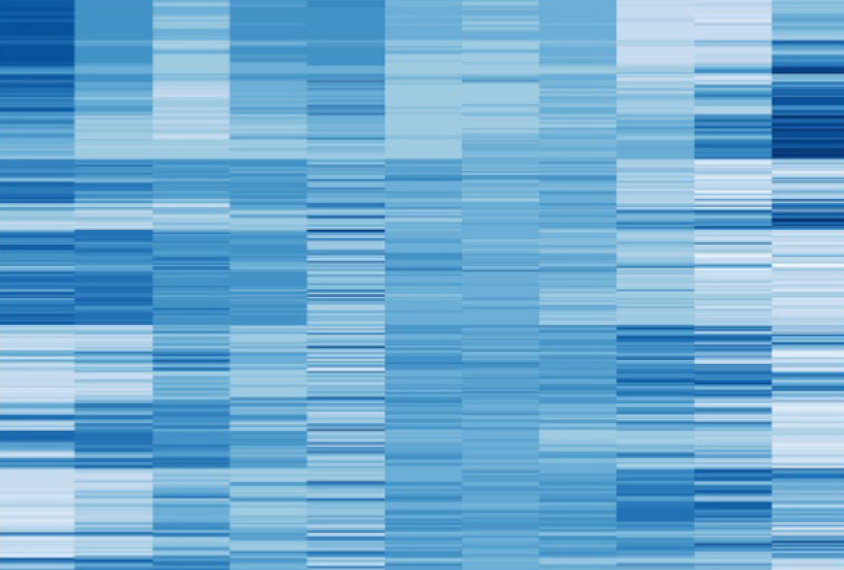
THIS ARTICLE IS MORE THAN FIVE YEARS OLD
This article is more than five years old. Autism research — and science in general — is constantly evolving, so older articles may contain information or theories that have been reevaluated since their original publication date.
A new analysis of the genomes of more than 11,000 people reveals regions that have few mutations, indicating they have important functions1.
The work can help scientists identify mutations that are likely to affect critical biological processes, such as brain development and function.
More than 98 percent of the human genome does not code for proteins. It contains segments that control gene expression, but the precise locations of many of these segments was mostly unknown.
Mapping the variation in these segments identifies those that are resistant to mutation — and so more likely to contain sequences that are important. The approach can also identify rare variants that might contribute to conditions such as autism.
The researchers first measured the background rate of mutation across the genomes of 11,257 people. They then divided the genomes into 550-letter strips of DNA and compared the background rate with the mutation rate of each strip.
The result is a map of mutation rates across the whole genome.
Most genes and regulatory sequences fall in regions that do not tend to vary, the researchers found. When mutations do occur in these regions, they have consequences: Mutations associated with health conditions also tend to show up in the regions of low variability.
Overlaying the map with other types of genomic data may hint at the function of various noncoding regions.
For example, by comparing the map with data on chromosome structure, the researchers were able to match regions of low variability with genes that sit near them in 3-D space.
The map may also speed up sequencing studies by allowing scientists to focus on the regions that are likely to control their genes of interest.
The results appear in the March issue of Nature Genetics.
By joining the discussion, you agree to our privacy policy.